
Electronics#ar #VR #AR Glasses #Augmented Reality #Virtual Reality #techtok #cftech
Use this section to provide a description of your blog./pages/blog
What about of 3DOF,6DOF and 9DOF in AR glasses?
Posted by Technology Co., Ltd Shenzhen Mshilor
In AR glasses, "DoF" stands for "degrees of freedom," and refers to the number of independent ways a user can move within the virtual environment; 3DoF allows only head rotation (looking around), while 6DoF adds the ability to move the body in space (forward, backward, left, right, up, down), and "9DoF" is often a marketing term used to indicate a sensor system that combines data from multiple sensors (like accelerometer, gyroscope, magnetometer) to potentially improve tracking accuracy, but does not actually represent additional degrees of freedom in movement; for most practical purposes, "9DoF" is functionally the same as 6DoF

When discussing degrees of freedom (DOF) in augmented reality (AR) glasses, it’s essential to understand what each term means and how it impacts user experience. Here’s a breakdown:
3DOF (Three Degrees of Freedom)
- Definition: 3DOF allows for rotation along three axes: pitch (up and down), yaw (left and right), and roll (tilting).
- Use Cases: This is suitable for applications where head tracking is sufficient, like basic AR experiences or gaming.
-
Limitations: Users cannot move in space; the system tracks head movements but does not account for positional changes. This can lead to a less immersive experience in applications requiring spatial awareness.

6DOF (Six Degrees of Freedom)
- Definition: 6DOF includes the three rotational movements of 3DOF plus three translational movements: moving left/right, forward/backward, and up/down.
- Use Cases: This technology enables more immersive AR experiences, allowing users to move around in a physical space while interacting with digital content. It is crucial for applications like spatial mapping, navigation, and advanced gaming.
- Advantages: Provides a more realistic interaction with virtual objects, enhancing the sense of presence and engagement.
9DOF (Nine Degrees of Freedom)
- Definition: 9DOF combines 6DOF with additional sensors, typically including accelerometers, gyroscopes, and magnetometers. This allows for improved tracking and orientation in three-dimensional space.
- Use Cases: This is beneficial in scenarios where precise tracking is essential, such as in complex AR simulations, robotics, and advanced gaming.
-
Advantages: Offers enhanced stability and accuracy in tracking motion and orientation, reducing drift and improving user experience in dynamic environments.

Summary
- 3DOF: Basic rotational tracking, suitable for simple AR experiences.
- 6DOF: Full spatial awareness with both rotation and translation, leading to immersive interactions.
- 9DOF: Incorporates additional sensors for precise tracking, ideal for advanced applications requiring high accuracy.
When choosing AR glasses, considering the level of DOF is crucial based on your intended use, whether for casual gaming, professional applications, or immersive experiences.
Read more
In AR glasses, "DoF" stands for "degrees of freedom," and refers to the number of independent ways a user can move within the virtual environment; 3DoF allows only head rotation (looking around), while 6DoF adds the ability to move the body in space (forward, backward, left, right, up, down), and "9DoF" is often a marketing term used to indicate a sensor system that combines data from multiple sensors (like accelerometer, gyroscope, magnetometer) to potentially improve tracking accuracy, but does not actually represent additional degrees of freedom in movement; for most practical purposes, "9DoF" is functionally the same as 6DoF

When discussing degrees of freedom (DOF) in augmented reality (AR) glasses, it’s essential to understand what each term means and how it impacts user experience. Here’s a breakdown:
3DOF (Three Degrees of Freedom)
- Definition: 3DOF allows for rotation along three axes: pitch (up and down), yaw (left and right), and roll (tilting).
- Use Cases: This is suitable for applications where head tracking is sufficient, like basic AR experiences or gaming.
-
Limitations: Users cannot move in space; the system tracks head movements but does not account for positional changes. This can lead to a less immersive experience in applications requiring spatial awareness.

6DOF (Six Degrees of Freedom)
- Definition: 6DOF includes the three rotational movements of 3DOF plus three translational movements: moving left/right, forward/backward, and up/down.
- Use Cases: This technology enables more immersive AR experiences, allowing users to move around in a physical space while interacting with digital content. It is crucial for applications like spatial mapping, navigation, and advanced gaming.
- Advantages: Provides a more realistic interaction with virtual objects, enhancing the sense of presence and engagement.
9DOF (Nine Degrees of Freedom)
- Definition: 9DOF combines 6DOF with additional sensors, typically including accelerometers, gyroscopes, and magnetometers. This allows for improved tracking and orientation in three-dimensional space.
- Use Cases: This is beneficial in scenarios where precise tracking is essential, such as in complex AR simulations, robotics, and advanced gaming.
-
Advantages: Offers enhanced stability and accuracy in tracking motion and orientation, reducing drift and improving user experience in dynamic environments.

Summary
- 3DOF: Basic rotational tracking, suitable for simple AR experiences.
- 6DOF: Full spatial awareness with both rotation and translation, leading to immersive interactions.
- 9DOF: Incorporates additional sensors for precise tracking, ideal for advanced applications requiring high accuracy.
When choosing AR glasses, considering the level of DOF is crucial based on your intended use, whether for casual gaming, professional applications, or immersive experiences.
Read more
What is the difference between AI glasses and AR glasses?
Posted by Technology Co., Ltd Shenzhen Mshilor
The terms "AI glasses" and "AR glasses" refer to different types of wearable technology, each with distinct functionalities and purposes. Here’s a breakdown of their differences:
AI Glasses
- Functionality: AI glasses primarily focus on integrating artificial intelligence features. This can include voice recognition, image recognition, and data analysis. They can assist users with tasks such as taking notes, translating languages, or providing real-time information based on what the user sees.
- Use Cases: Common use cases include personal assistants, health monitoring, and smart notifications. They may not necessarily overlay digital information onto the real world.
- Examples: Some smart glasses with AI capabilities might include features like voice commands for controlling devices or reminders based on location.

AR Glasses
- Functionality: Augmented Reality (AR) glasses are designed to overlay digital information onto the real world. This means they can display graphics, texts, and animations that enhance the user's perception of their environment.
- Use Cases: AR glasses are often used in gaming, navigation, training simulations, and industrial applications where real-time information is crucial. They provide a more immersive experience by blending virtual elements with the real world.
-
Examples: Popular examples include Microsoft HoloLens and Google Glass, which can project 3D models or information into the user's field of vision.

Summary
- AI Glasses: Focus on AI features and functionalities, often without a significant emphasis on augmented reality.
- AR Glasses: Specifically designed to enhance the real world with digital overlays and interactive elements.
In essence, while there can be overlap (e.g., AR glasses may incorporate AI features), AI glasses are more about intelligent assistance, whereas AR glasses are about augmenting reality.
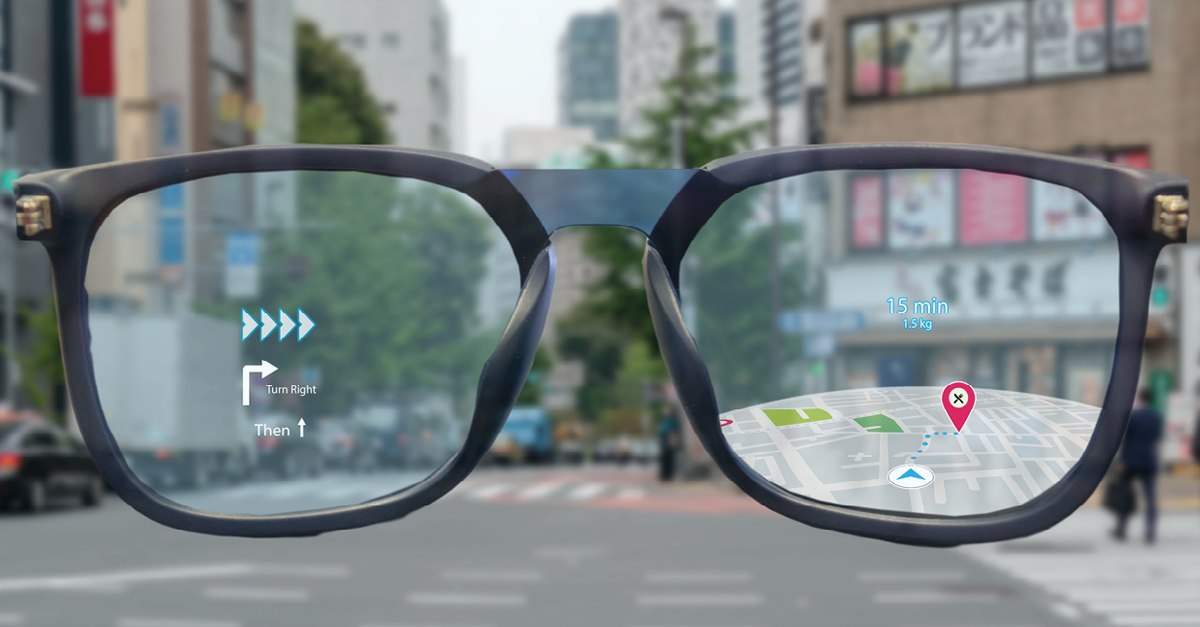
Read more
The terms "AI glasses" and "AR glasses" refer to different types of wearable technology, each with distinct functionalities and purposes. Here’s a breakdown of their differences:
AI Glasses
- Functionality: AI glasses primarily focus on integrating artificial intelligence features. This can include voice recognition, image recognition, and data analysis. They can assist users with tasks such as taking notes, translating languages, or providing real-time information based on what the user sees.
- Use Cases: Common use cases include personal assistants, health monitoring, and smart notifications. They may not necessarily overlay digital information onto the real world.
- Examples: Some smart glasses with AI capabilities might include features like voice commands for controlling devices or reminders based on location.

AR Glasses
- Functionality: Augmented Reality (AR) glasses are designed to overlay digital information onto the real world. This means they can display graphics, texts, and animations that enhance the user's perception of their environment.
- Use Cases: AR glasses are often used in gaming, navigation, training simulations, and industrial applications where real-time information is crucial. They provide a more immersive experience by blending virtual elements with the real world.
-
Examples: Popular examples include Microsoft HoloLens and Google Glass, which can project 3D models or information into the user's field of vision.

Summary
- AI Glasses: Focus on AI features and functionalities, often without a significant emphasis on augmented reality.
- AR Glasses: Specifically designed to enhance the real world with digital overlays and interactive elements.
In essence, while there can be overlap (e.g., AR glasses may incorporate AI features), AI glasses are more about intelligent assistance, whereas AR glasses are about augmenting reality.

Read more
What are Micro LED, Mini LED, and Micro OLED? Different Emerging Display Technologies Explained
Posted by Technology Co., Ltd Shenzhen Mshilor
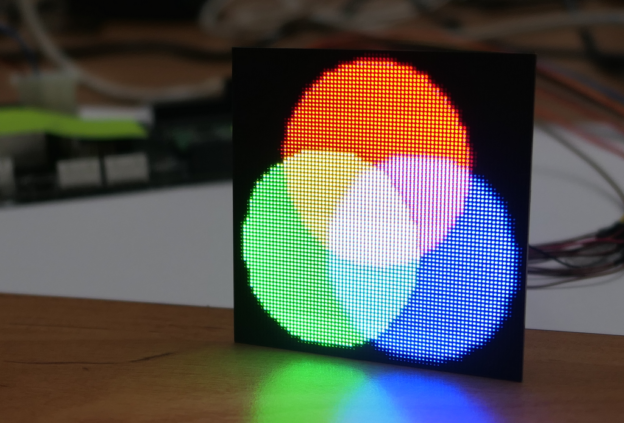
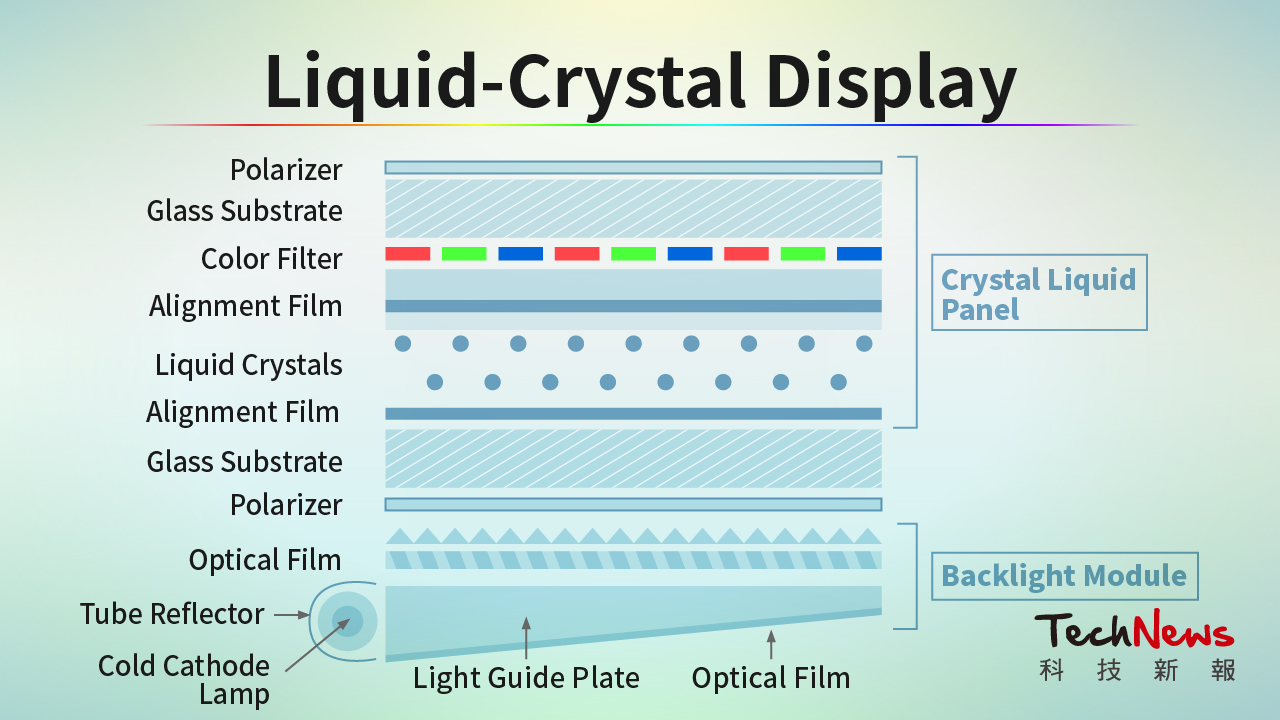
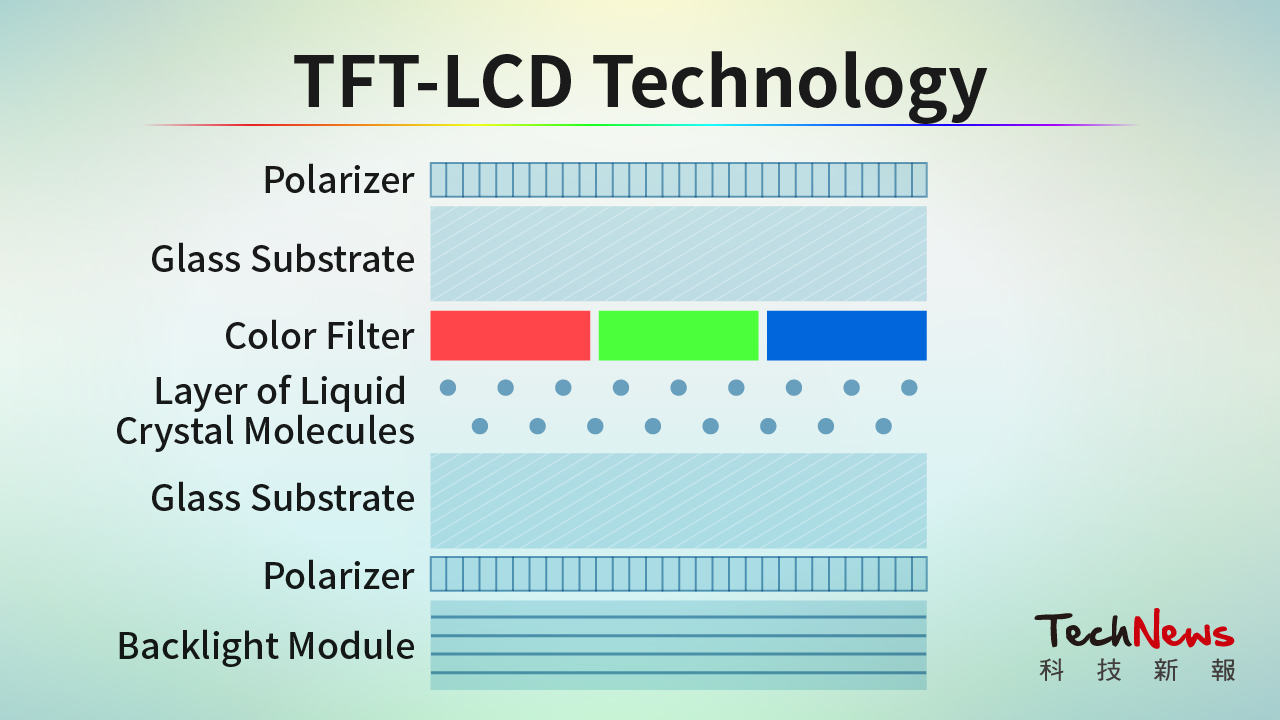


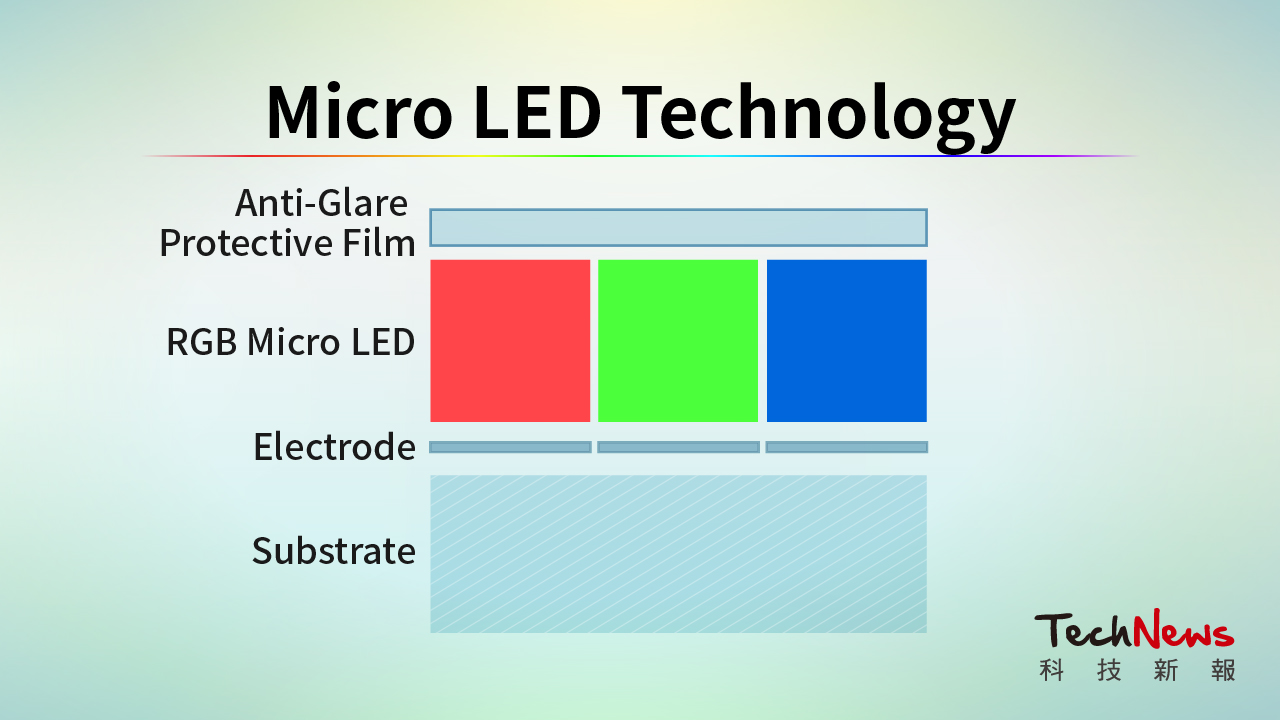
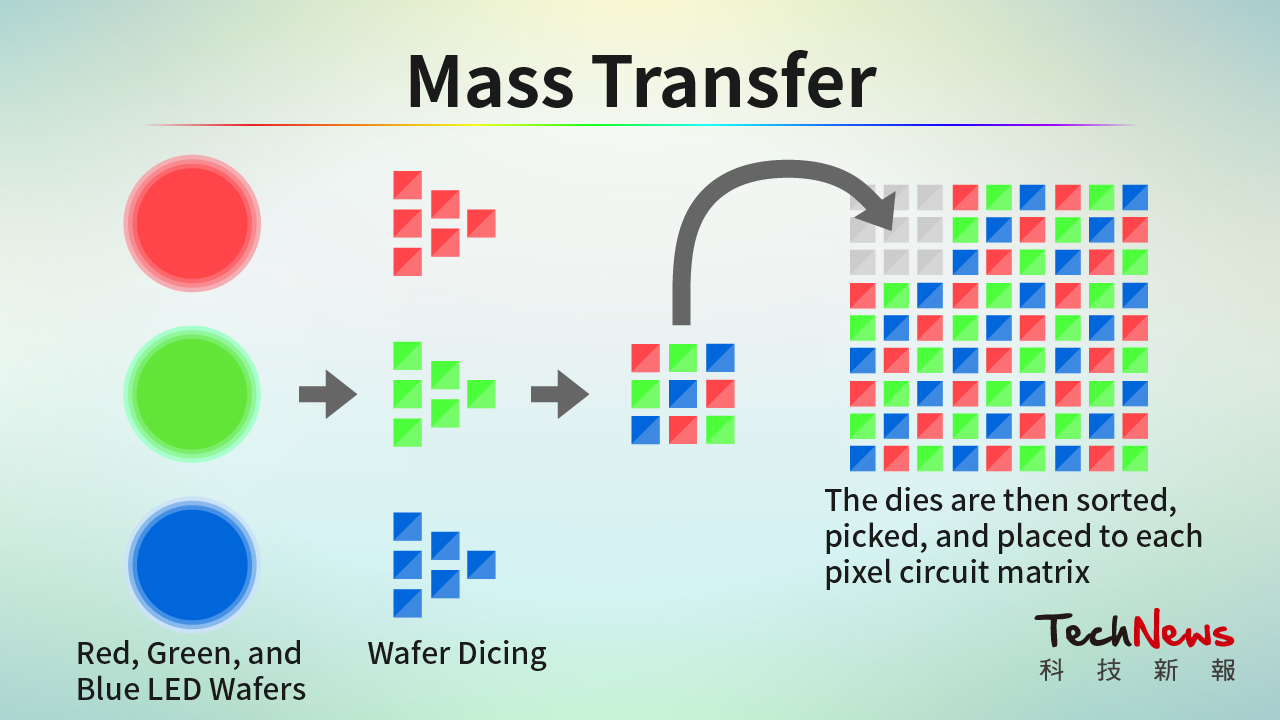
Read more







Read more
How do you select smart audio sports sunglasses in 2024?
Posted by Shenzhen MshilorTechnology Co., Ltd
When choosing smart audio sports sunglasses, consider these important factors:

Audio Quality and Features:
Look for high-quality audio drivers that provide clear, immersive sound while ensuring safety.
Features like open-ear audio designs, bone conduction technology, and integrated microphones can enhance the listening experience.
Consider additional audio controls or smart features such as volume adjustment, voice assistants, or music playback.

Connectivity:
Wireless Bluetooth connectivity is essential for seamless pairing with your smartphone or other devices.
Check the Bluetooth range and stability for uninterrupted performance during workouts.
Look for support for wireless audio codecs like aptX or LDAC for improved sound quality.
Lens and Fit:
Ensure the lens quality, tint, and coverage meet your sports performance needs.
The frame should fit securely and comfortably without interfering with the audio components.
Adjustable nose pads and temples can help achieve a personalized, stable fit.

Water and Sweat Resistance:
IPX-rated water and sweat resistance is crucial for use during intense activities.
Look for hydrophobic lens coatings and moisture-wicking materials in the frames.

Battery Life and Charging:
Long-lasting battery life, ideally 6-10 hours or more, is important for extended workouts.
Convenient charging options, such as USB-C or wireless charging, make it easy to keep the glasses powered up.

Durability and Build Quality:
Sturdy, impact-resistant frames and lenses that can withstand the rigors of sports use are important.
High-quality materials like titanium, carbon fiber, or grilamid provide strength without added weight.

Integrated Controls:
Look for intuitive, easy-to-use controls for music, calls, or voice assistants that are well-integrated into the frame design. Tactile buttons or touch-sensitive surfaces make it simple to manage audio functions on the go.

It's recommended to try on different models, evaluate the audio quality, and ensure the overall fit and functionality suit your specific sports and lifestyle needs. Reputable brands like Bose, Oakley, Razer,MSHILOR offer excellent smart audio sports sunglasses options.
Read more
When choosing smart audio sports sunglasses, consider these important factors:

Audio Quality and Features:
Look for high-quality audio drivers that provide clear, immersive sound while ensuring safety.
Features like open-ear audio designs, bone conduction technology, and integrated microphones can enhance the listening experience.
Consider additional audio controls or smart features such as volume adjustment, voice assistants, or music playback.

Connectivity:
Wireless Bluetooth connectivity is essential for seamless pairing with your smartphone or other devices.
Check the Bluetooth range and stability for uninterrupted performance during workouts.
Look for support for wireless audio codecs like aptX or LDAC for improved sound quality.
Lens and Fit:
Ensure the lens quality, tint, and coverage meet your sports performance needs.
The frame should fit securely and comfortably without interfering with the audio components.
Adjustable nose pads and temples can help achieve a personalized, stable fit.

Water and Sweat Resistance:
IPX-rated water and sweat resistance is crucial for use during intense activities.
Look for hydrophobic lens coatings and moisture-wicking materials in the frames.

Battery Life and Charging:
Long-lasting battery life, ideally 6-10 hours or more, is important for extended workouts.
Convenient charging options, such as USB-C or wireless charging, make it easy to keep the glasses powered up.

Durability and Build Quality:
Sturdy, impact-resistant frames and lenses that can withstand the rigors of sports use are important.
High-quality materials like titanium, carbon fiber, or grilamid provide strength without added weight.

Integrated Controls:
Look for intuitive, easy-to-use controls for music, calls, or voice assistants that are well-integrated into the frame design. Tactile buttons or touch-sensitive surfaces make it simple to manage audio functions on the go.

It's recommended to try on different models, evaluate the audio quality, and ensure the overall fit and functionality suit your specific sports and lifestyle needs. Reputable brands like Bose, Oakley, Razer,MSHILOR offer excellent smart audio sports sunglasses options.
Read more
How will VR/AR/MR change our lives?
Posted by Shenzhen MshilorTechnology Co., Ltd
The emergence of virtual reality (VR), augmented reality (AR), and mixed reality (MR) has the potential to significantly transform various aspects of our lives. These technologies offer opportunities to revolutionize learning, work, communication, and entertainment. In education, VR/AR/MR can create immersive experiences that enhance engagement and interactivity in learning. Moreover, in the workplace, these technologies can enable remote collaboration and training. Furthermore, they have the capacity to elevate entertainment and gaming experiences by offering more immersive and realistic interactions.
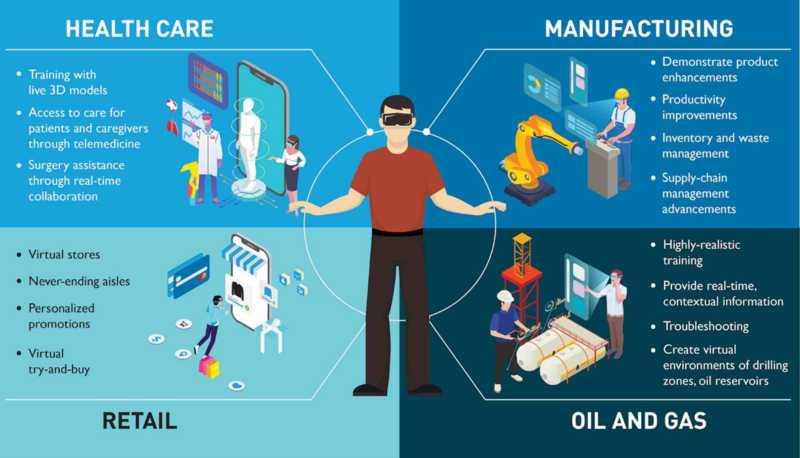
While VR has gained traction in gaming, its high cost limits widespread adoption for personal use, especially in simulation and training. Similarly, AR, which necessitates glasses or head-mounted displays, provides limited experiences when accessed through mobile devices. However, noteworthy AR applications, such as one that enables distance measurement using a phone, showcase the technology's potential. True VR, requiring glasses, faces consumer market challenges due to the high cost of high-quality head-mounted displays and limitations in user experience.
On the other hand, Binocular Monochromatic AR glasses present a more comfortable and lightweight alternative. Innovations such as MSHILOR's AR Glasses, with ultra-thin frames and utilizing unique diffraction waveguide technology, hold promise. MSHILOR'S Binocular Monochromatic AR Smart Glasses The thinnest part is designed to be 1.20mm, which is extremely close to the traditional glasses design to ensure the frame's strength. The frame width of traditional glasses is generally 0.8mm, the Refractive index: is 1.59/1.60, and the weight of the whole machine can be as light as 38g.

* Using a flat lens, and binocular display, the estimated overall weight can be as low as 38g
Slim temples, Extreme stacking brings 11.50mm slender temples, restoring the temple width of traditional glasses.
* The temple width of traditional plate glasses is between 10-15mm
* Huawei third-generation glasses, the widest part of the temple is 13mm
* The weight of OPPO Air Glass including the frame is 53g, These advancements in AR glasses signify potential progress in the future of VR/AR/MR technology.
While exciting opportunities lie ahead for these technologies, challenges such as cost and user experience limitations may hinder their widespread adoption in the next 20 years. The evolution and impact of VR/AR/MR on fields such as medicine, construction, and entertainment will be intriguing to observe.

Read more
The emergence of virtual reality (VR), augmented reality (AR), and mixed reality (MR) has the potential to significantly transform various aspects of our lives. These technologies offer opportunities to revolutionize learning, work, communication, and entertainment. In education, VR/AR/MR can create immersive experiences that enhance engagement and interactivity in learning. Moreover, in the workplace, these technologies can enable remote collaboration and training. Furthermore, they have the capacity to elevate entertainment and gaming experiences by offering more immersive and realistic interactions.

While VR has gained traction in gaming, its high cost limits widespread adoption for personal use, especially in simulation and training. Similarly, AR, which necessitates glasses or head-mounted displays, provides limited experiences when accessed through mobile devices. However, noteworthy AR applications, such as one that enables distance measurement using a phone, showcase the technology's potential. True VR, requiring glasses, faces consumer market challenges due to the high cost of high-quality head-mounted displays and limitations in user experience.
On the other hand, Binocular Monochromatic AR glasses present a more comfortable and lightweight alternative. Innovations such as MSHILOR's AR Glasses, with ultra-thin frames and utilizing unique diffraction waveguide technology, hold promise. MSHILOR'S Binocular Monochromatic AR Smart Glasses The thinnest part is designed to be 1.20mm, which is extremely close to the traditional glasses design to ensure the frame's strength. The frame width of traditional glasses is generally 0.8mm, the Refractive index: is 1.59/1.60, and the weight of the whole machine can be as light as 38g.

* Using a flat lens, and binocular display, the estimated overall weight can be as low as 38g
Slim temples, Extreme stacking brings 11.50mm slender temples, restoring the temple width of traditional glasses.
* The temple width of traditional plate glasses is between 10-15mm
* Huawei third-generation glasses, the widest part of the temple is 13mm
* The weight of OPPO Air Glass including the frame is 53g, These advancements in AR glasses signify potential progress in the future of VR/AR/MR technology.
While exciting opportunities lie ahead for these technologies, challenges such as cost and user experience limitations may hinder their widespread adoption in the next 20 years. The evolution and impact of VR/AR/MR on fields such as medicine, construction, and entertainment will be intriguing to observe.


